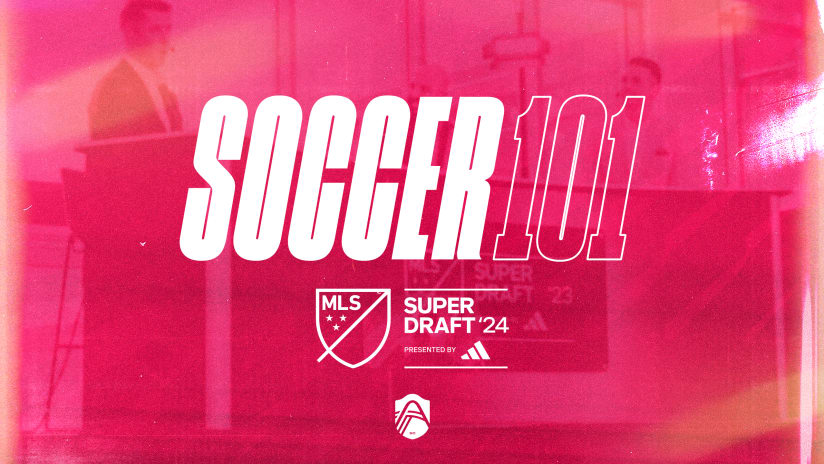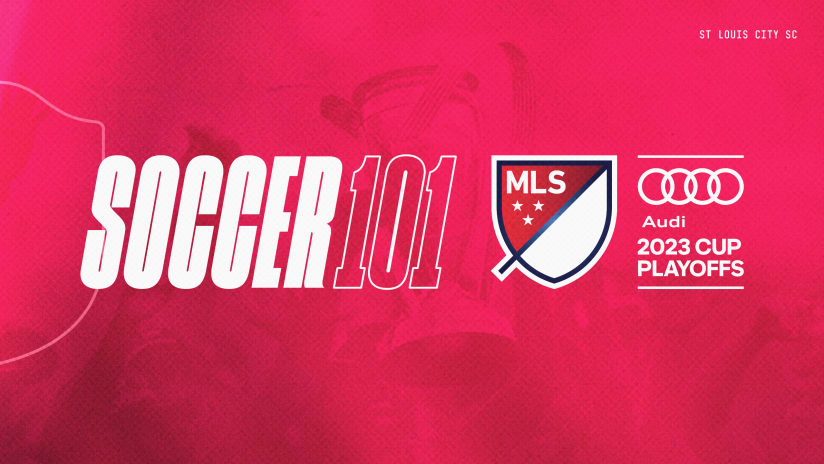Written by Zach Lowy
🇲🇽 Para leer en español, ver aquí. | 🇧🇦 Za čitanje na bosanskom, pogledajte ovdje.
There are plenty of things about MLS that differentiate it from Europe’s top five leagues – the Premier League, La Liga, Serie A, Bundesliga, and Ligue 1. For one, the MLS schedule runs from February to December instead of August to May. MLS teams get to select the nation’s top collegiate players in an annual SuperDraft, European teams don’t. As opposed to a full league season in Europe, the MLS season is divided into two parts: a regular season and the playoffs, with the best team in the regular season receiving the Supporters’ Shield trophy, whilst the team that makes it through the postseason knockout tournament receives the MLS Cup. Yet another unique attribute that makes MLS stand out from the rest is the presence of targeted allocation money (TAM) and general allocation money (GAM).
How does MLS' salary cap work?
MLS operates under a salary cap and limits the amount of money that teams can invest on their rosters to prevent clubs from spending themselves in a financial crisis as well as to maintain a competitive league. As opposed to the Bundesliga, Premier League, and Ligue 1, which have been dominated by, Bayern Munich, Manchester City, and Paris Saint-Germain over the past decade, MLS has been able to achieve an unrivaled parity: 15 different teams have won the MLS Cup whilst 19 teams have reached the final since its introduction in 1996, whilst only three teams have won back-to-back MLS Cups: D.C. United ‘96-’97, Houston Dynamo ‘06-07 and LA Galaxy ‘11-12.
In the 2023 MLS season, the base salary cap is $5.2 million, with an additional $1.9 million available in GAM and $2.7 million in TAM. Teams must spread their salary budget across a minimum of 18 players and a maximum of 20. The Maximum Salary Budget Charge for a single player is $651,250, whilst the league’s minimum wage is $85,444. However, the Designated Player rule enables teams to register three players whose total compensation and acquisition costs surpass the maximum individual salary allotment, allowing them to attract big-name stars like Zlatan Ibrahimović, Wayne Rooney, and Lionel Messi.
Players who exceed the maximum salary budget charge but who do not qualify under the Designated Player rule are referred to as TAM players, with their maximum salary number being $1,651,250.
What is TAM?
Each MLS team is given a sum of money – $2.7 million for 2023 – in Targeted Allocation Money (TAM) to sign or retain players who will make an immediate impact in the first team. Clubs may use up to $200,000 of their available TAM to sign new Homegrown Players to their first MLS contract, subject to league review, but they cannot use it to sign a Homegrown Player who had previously signed to MLS. Teams can use TAM to “buy down” a player’s salary in order to convert a Designated Player to a non-designated player, but once this DP slot has been freed, it must be filled by a player of equal or greater value.
Whilst TAM has enabled teams to bring in more foreign players since its introduction in 2015, it’s also allowed them to re-sign current players who earn above the max or convert DPs into non-DP status. As for GAM, it can be used in a few ways: to reduce a non-DP’s cost against the salary cap down to the league minimum salary; to reduce the amount a Designated Player costs against the salary cap down to $150,000; to sign new players or re-sign current MLS players; or to pay for loan and transfer fees.
What is the difference between TAM & GAM?
Whilst TAM is reserved for players who earn more than the maximum salary budget charge of $651,250, GAM can be used for any player on the senior roster. GAM can be traded between teams, whilst TAM cannot, although both can be used as trade assets in transactions between MLS clubs. GAM can be used to pay down the salary cap hit of a non-Designated Player down to the league minimum salary or a Designated Player’s salary down to $150,000, reducing a player’s budget charge by up to 50% or reducing a DP or TAM player to a limit of $150,000, whilst TAM is used to pay down cap hits of signings whose wages surpass the $651,250 salary cap maximum but do not exceed the $1,651,250 TAM threshold for 2023.
TAM can be used to convert a Designated Player to a non-Designated Player by buying down his salary budget charge to below the maximum as long as the club signs a new Designated Player equal or greater to his charge, or signing homegrown players to their first MLS contract with up to $200,000 of TAM.

![Soccer 101 - GAM&TAM_article header_no $[86]](https://images.mlssoccer.com/image/private/t_editorial_landscape_8_desktop_mobile/f_auto/mls-stl-prd/qkxjrva3icczpo7fxq0i.jpg)



